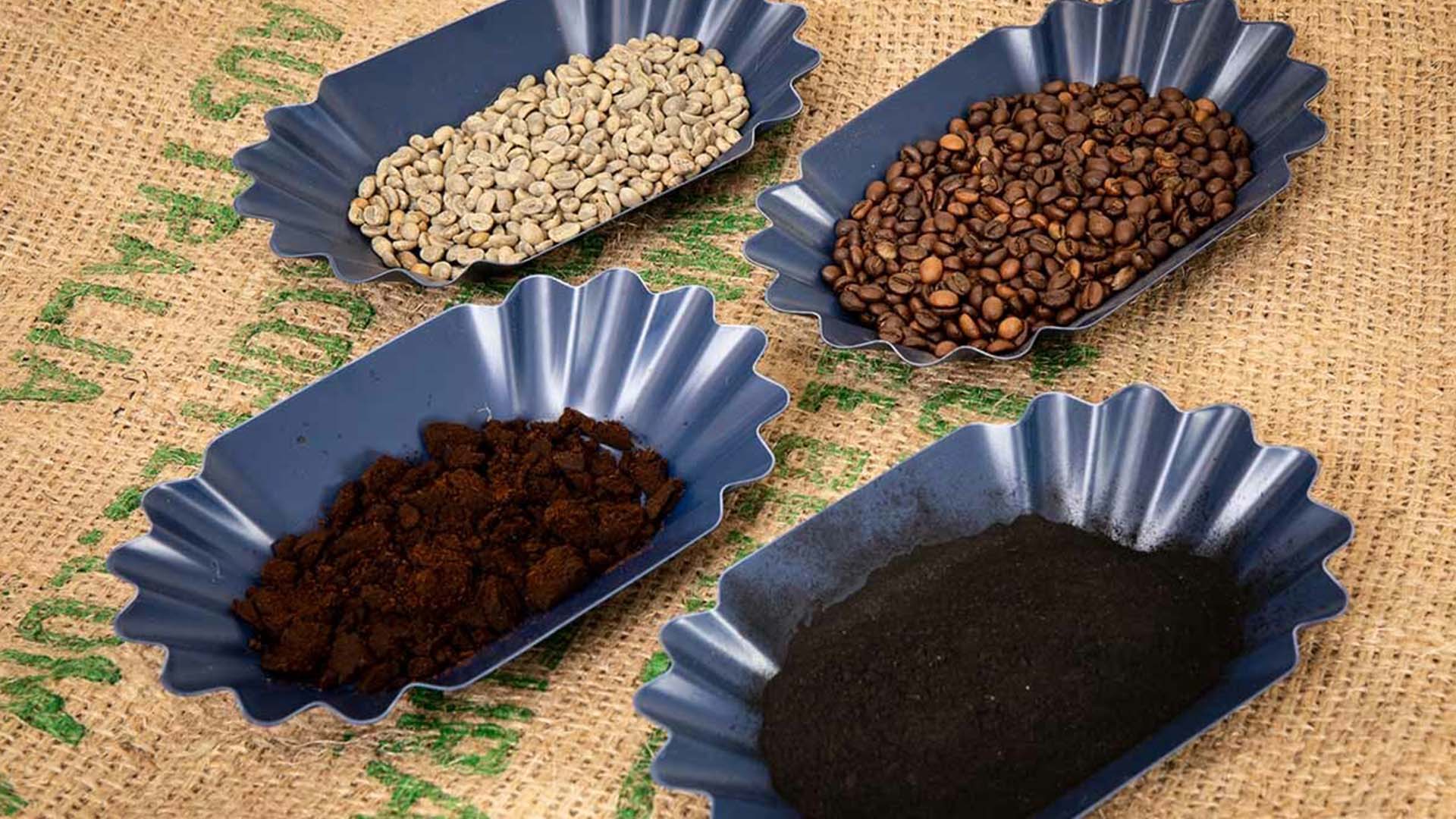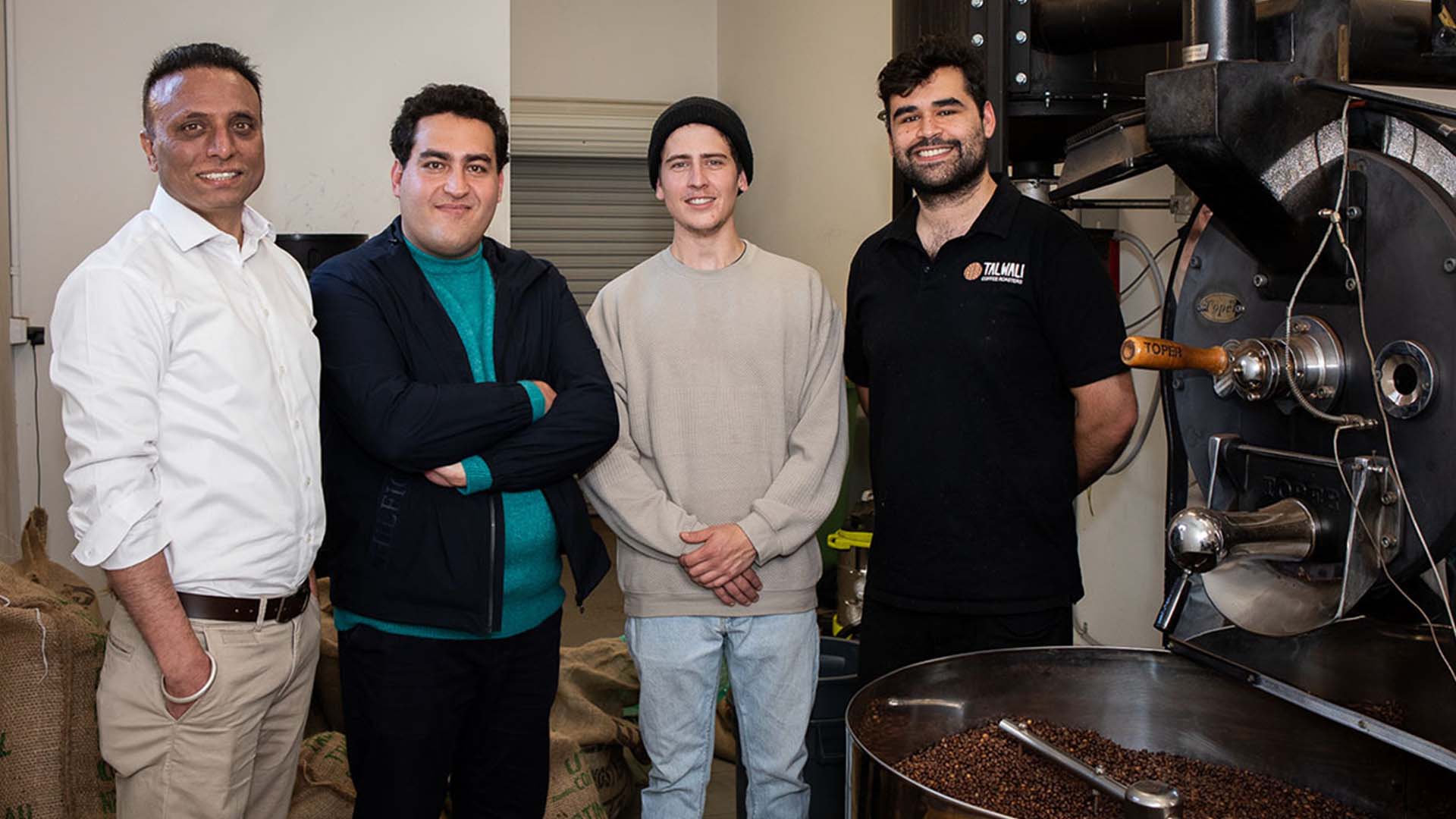Researchers in Australia have discovered that we could produce stronger concrete by adding recycled charred coffee grounds into the mix.

The world produces approximately 10 billion kilograms of coffee waste each year, most of which ends up in landfills.
“The inspiration for our work was to find an innovative way of using the large amounts of coffee waste in construction projects rather than going to landfills – to give coffee a ‘double shot’ at life,” said Roychand, a Postdoctoral Research Fellow at RMIT. “Several councils that are battling with the disposal of organic waste have shown interest in our work. They have already engaged us for their upcoming infrastructure projects incorporating pyrolyzed forms of different organic wastes.”
The resources required for the construction industry, including concrete production, also cause their own set of environmental challenges. The new concrete creation technique, developed by engineers, could simultaneously make concrete stronger and reduce the amount of waste going to landfills. It could also potentially reduce the amount of sand needed in the production of concrete as the coffee grounds can replace a portion of the sand.

“The ongoing extraction of natural sand around the world – typically taken from river beds and banks – to meet the rapidly growing demands of the construction industry has a big impact on the environment,” says RMIT engineer Jie Li. “There are critical and long-lasting challenges in maintaining a sustainable supply of sand due to the finite nature of resources and the environmental impacts of sand mining. With a circular economy approach, we could keep organic waste out of landfills and also better preserve our natural resources like sand.”
Typically, organic products such as coffee grounds can’t be added directly to concrete without leaking chemicals that will weaken the material’s strength. The team combated this by using low energy levels to heat coffee waste to 660° F while depriving it of oxygen in a process called pyrolyzing.

The purpose of this process is to break down organic molecules, which results in porous carbon-rich charcoal called biochar. Biochar can form bonds with and incorporate itself into the cement matrix. According to the lead author of the study, Dr. Rajeev Roychand from RMIT University, the technique results in concrete that is 30% stronger.
Researchers have stated that they still need to assess different factors such as the long-term durability of the cement product produced using this technique. The team is currently in the process of testing how the hybrid coffee cement performs under freeze/thaw conditions, abrasions, water absorption, and more environmental stressors. They also want to test different biochars created from other organic waste products such as food waste, wood, and agricultural waste.
“Our research is in the early stages, but these exciting findings offer an innovative way to greatly reduce the amount of organic waste that goes to landfill,” says RMIT engineer Shannon Kilmartin-Lynch. “Inspiration for my research, from an Indigenous perspective, involves Caring for Country, ensuring there’s a sustainable life cycle for all materials, and avoiding things going into landfills to minimize the impact on the environment. The concrete industry has the potential to contribute significantly to increasing the recycling of organic waste such as used coffee.
Our research is in the early stages, but these exciting findings offer an innovative way to greatly reduce the amount of organic waste that goes to landfills.”







